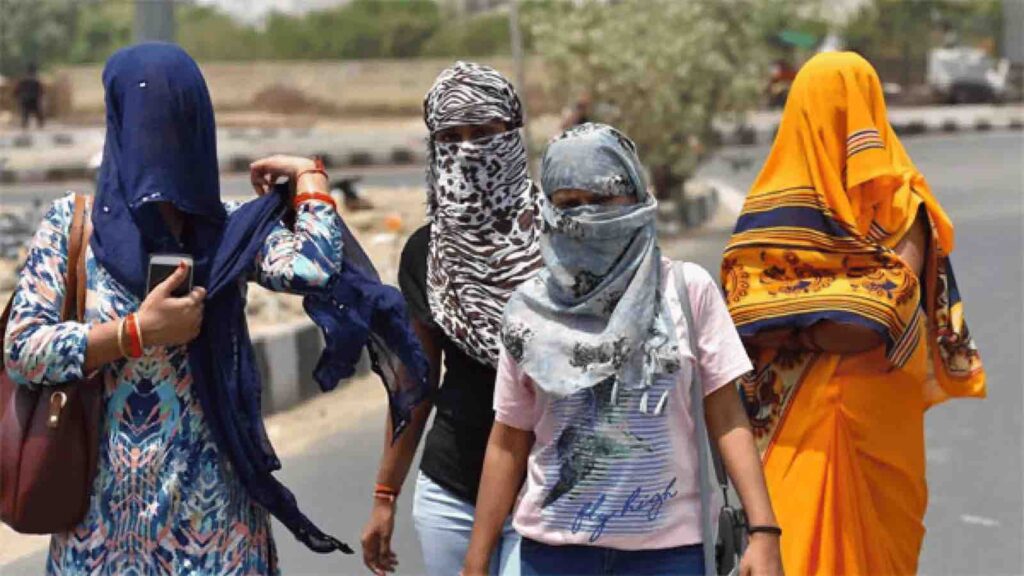The change is hitting hardest where it hurts most – the minimum temperature, which saw an increase of 1.09 degrees C, while the maximum temperature pushed the thermometer up by 2.05 degrees C in 50 years.
Unsettling revelations have surfaced from the scientific realm – Guwahati, the beating heart of Assam, has been quietly simmering, with the mercury creeping up by an alarming 1.5 degrees Celsius over the past 50 years. This grim forecast isn’t just a talking point for climate geeks – it’s a ticking time bomb signaling drastic changes for this thriving city and the entire region.
RELEVANT SUSTAINABLE GOALS

Steep Rise in The Temperature
This climate shocker emerged from the combined efforts of the brainiacs at the India Meteorological Department (IMD) and leading universities, who’ve been knee-deep in climate data. Their research slaps a highlighter on a bitter truth – Guwahati has blown past the safe warming limit agreed upon at the CO Paris meeting under the United Nations Framework Convention on Climate Change (UNFCCC).
But this isn’t a one-city story. Guwahati’s high-speed temperature ascent is riding the same scary rollercoaster as seen in distant lands like Iran and Serbia. If the thermometers keep going this way, we might as well say ‘adios’ to the climate we know and ‘hello’ to a new, uncharted normal.
The researchers’ findings, ominously titled “Trend Analysis of Long-term Metrological Data of Growing Metropolitan City in the Era of Global Climate Change”, found their way into the International Journal Total Environment Research Themes (Elsevier).
This vital research is the brainchild of a powerhouse team, including Santanu Choudhury of Climate Research & Services, IMD, Pune, independent researcher Sayantan Halda from Kolkata, environmentalist Moharana Choudhury of Environmental Research and Management Division, Voice of Environment (VoE), Guwahati, and Palas Samanta from the Department of Environmental Science, Sukanta Mahavidyalaya, University of North Bengal, Dhupguri.
The seasons aren’t what they used to be in Guwahati, with pre-monsoon, monsoon, and winter months getting a serious temperature makeover. The change is hitting hardest where it hurts most – the minimum temperature, which saw an increase of 1.09 degrees C, while the maximum temperature pushed the thermometer up by 2.05 degrees C in 50 years.
Expanding urbanization, global warming, and a temperamental atmosphere are playing a deadly game of ‘Turn up the Heat.’ As the city sweats under the rising maxima and minima, the dry heat brings more woes – increased evapotranspiration and arid environments.
Baked by the highest temperature in the monsoon season (32.14 degrees C), the city now has an average annual maximum temperature of 29.22 degrees C. Add a rising post-monsoon and winter temperature, and you’ve got a city caught in a relentless heat grip.
The rainfall too has been playing hide and seek, dropping in winter and monsoon months but popping up in pre-monsoon and post-monsoon months. The most notable change is seen in the monsoon downpour, which dipped by 4.95 mm per year. Meanwhile, rainfall in pre-monsoon and post-monsoon months decided to buck the trend, seeing a slight increase.
You may also be interested in :
Central India’s Densest Forest Patches : Save Hasdeo Grand Forest From Coal Mining


